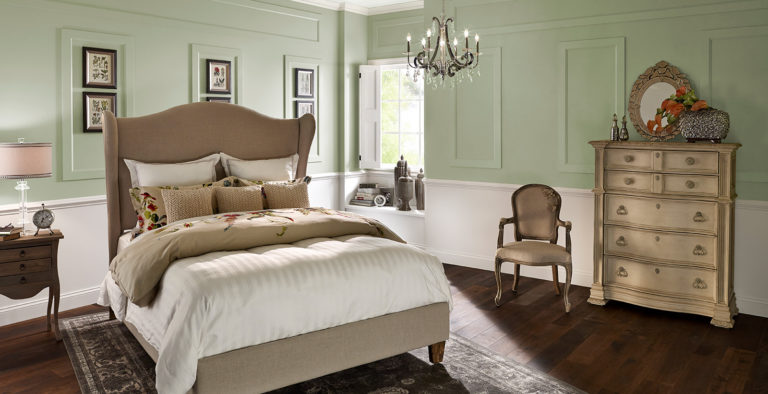
If you’re looking for a way to give your home a more relaxed atmosphere, consider using Zen paint colors. These colors are inspired by the principles of Zen Buddhism and can help to create a sense of calm and serenity in your space.
While there is no one “right” way to use Zen paint colors, some common choices include light blue or green hues. These colors are said to represent the sky and water, respectively, which can help to promote a sense of peace and tranquility. Other popular options include earthy tones like brown or tan, which can represent the natural world and promote feelings of grounding and stability.
When choosing Zen paint colors for your home, it’s important to consider the overall tone you want to create. If you’re looking for a more subdued and relaxing atmosphere, stick with softer hues. For a bolder look that still conveys a sense of calm, opt for deeper shades. And don’t forget to consider how the colors will work together – you may want to use several different shades in different rooms to create a cohesive look.
What are Zen paint colors and how can they help create a more relaxed atmosphere in your home?
Zen paint colors are typically light, neutral colors that can create a sense of calm and serenity. Some popular Zen paint colors include white, cream, light blue, green, tan, and brown. These colors can help to promote relaxation and peace in your home. If you are looking to create a more tranquil and serene environment, consider painting your walls with Zen paint colors. Zen paint colors work especially well in living room painting, where soft, calming tones help create a relaxed and welcoming atmosphere.
Some common Zen paint color choices and what they represent.
White
White is a popular choice for Zen paint colors because it represents purity and simplicity. In the world of Zen, white is often used to symbolize cleanliness and new beginnings. White can also help create a sense of spaciousness and calm in a room.
Brown
Brown is another common choice for Zen paint colors because it represents nature and serenity. In the world of Zen, brown is often used to create a warm and inviting atmosphere. Brown can also help to create a feeling of grounding and stability in a space.
Green
Green is well liked for Zen paint colors because it represents growth and healing. In the world of Zen, green is often used to symbolize new beginnings and hope. Green can also help to create a feeling of calm and serenity in a space.
Blue
Blue is favored for Zen paint colors because it represents tranquility and peace. In the world of Zen, blue is often used to create a feeling of calm and relaxation. Blue can also help to promote mental clarity and focus.
There are many other Zen paint colors to choose from, but these are some of the most popular choices. When selecting a color for your space, it is important to consider what qualities you want to promote. Choose a color that will help you create the atmosphere you are looking for in your space.
How to choose the right Zen paint colors for your space based on the overall tone you want to create.
If you want to create a more relaxing and tranquil space, consider using light and neutral colors. These colors can help to promote a sense of peace and serenity.
If you are looking for a more energetic and lively space, consider using brighter colors. These colors can help to create a more vibrant and exciting atmosphere.
You can also use Zen paint colors to accentuate certain areas or features in your home. For example, you may want to use a light blue color to highlight a water feature in your home. Or you may want to use a green color to accentuate plants or trees in your space.
When choosing Zen paint colors for your home, it is important to consider the overall tone you want to create. Light and neutral colors can help to create a more tranquil and relaxing atmosphere, while brighter colors can help to create a more energetic and lively space. You can also use Zen paint colors to accentuate certain areas or features in your home.
Tips for using multiple Zen paint colors throughout your home for a cohesive look.
If you want to use multiple Zen paint colors throughout your home, it is important to choose colors that work well together. You may want to choose colors that are in the same family or have similar undertone. For example, you could choose a light blue and green color scheme. Or you could choose a tan and brown color scheme.
When using multiple Zen paint colors throughout your home, it is important to create a cohesive look by choosing colors that work well together and complement each other. By considering the overall tone you want to create, you can choose the perfect Zen paint colors for your space.
No matter what Zen paint colors you choose, remember that the goal is to create a space that feels peaceful and calming. Take your time selecting the right hues and don’t be afraid to experiment until you find the perfect combination for your home.
If you’re considering Zen paint colors for your home and would like professional guidance, you can contact us for a free painting estimate.
Free Painting Estimate
Do not fill this form out if you’re a solicitor.

